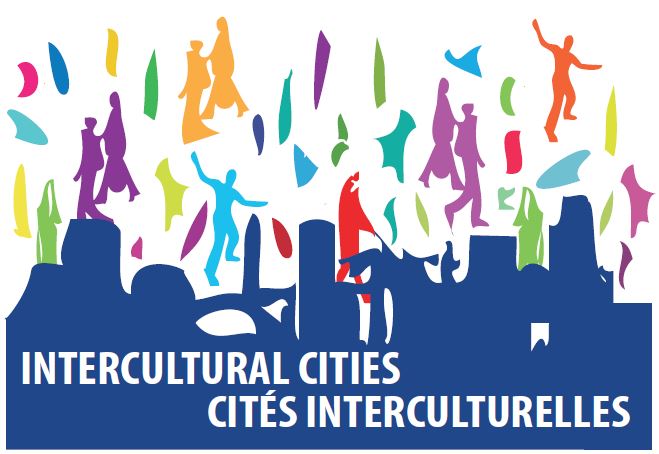Alternative narratives and inclusive communication

For intercultural inclusion to occur, city authorities need to send out a clear and well-publicised message emphasising their commitment to the intercultural principles - diversity, equality and interaction. How we communicate does indeed matter, and in a diverse city, every story can be intercultural and contribute to achieving a climate of public opinion more conducive to meaningful intercultural relations.
Cities can play a crucial role in promoting inclusive communication and alternative narratives, not only among their own residents, but also as role models and leaders of inclusivity at the national and international level. They can use their authority to convene and coordinate the private and voluntary sectors, or other networks of stakeholders, to promote narratives on meaningful interaction, equality and the diversity advantage.
 What are alternative narratives?
What are alternative narratives?
Alternative narratives are positive, pluralist or progressive narratives that are based on intercultural principles and respect for human rights. While counter-narratives are reactive in nature, an alternative narrative will start more positively, pro-actively and independently from its own values and its own framework.
 What is inclusive communication?
What is inclusive communication?
Inclusive communication involves reflecting on the way we build our communication, how far it reaches, what messages are brought forward and who the direct and indirect targets of the communication are. By crossing these insights with the city’s intercultural strategy, the communication can gain an intercultural lens and be used to promote meaningful interaction, and intercultural awareness.
 Find out more:
Find out more:
- Online training
- Guide to designing a communication strategy in intercultural cities + Spanish
- Claiming the power of dialogue: Toolkit for antirumours dialogue - Policy Brief (2021) + Spanish version + Polish version
- Inclusive communication - Policy brief (2021) + Polish version
- Migration and integration: Which alternative narratives work and why? - Policy Brief (2021) + Polish version + Spanish version
- Travel booklet of a Journey to Intercultural Cities (December 2021)
- 10 criteria for the creation of effective alternative narratives on diversity (2019) + Italian version + Spanish version



